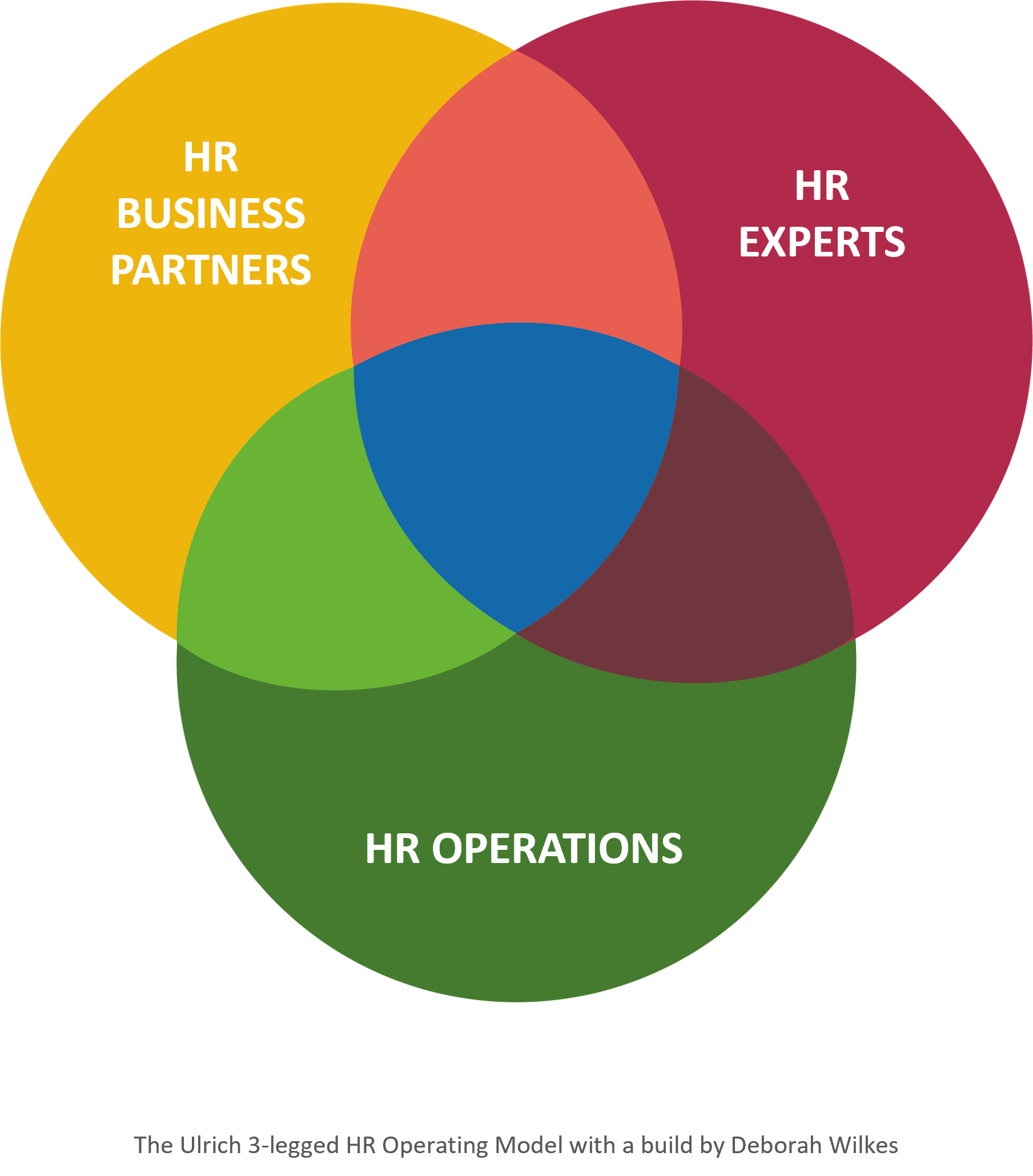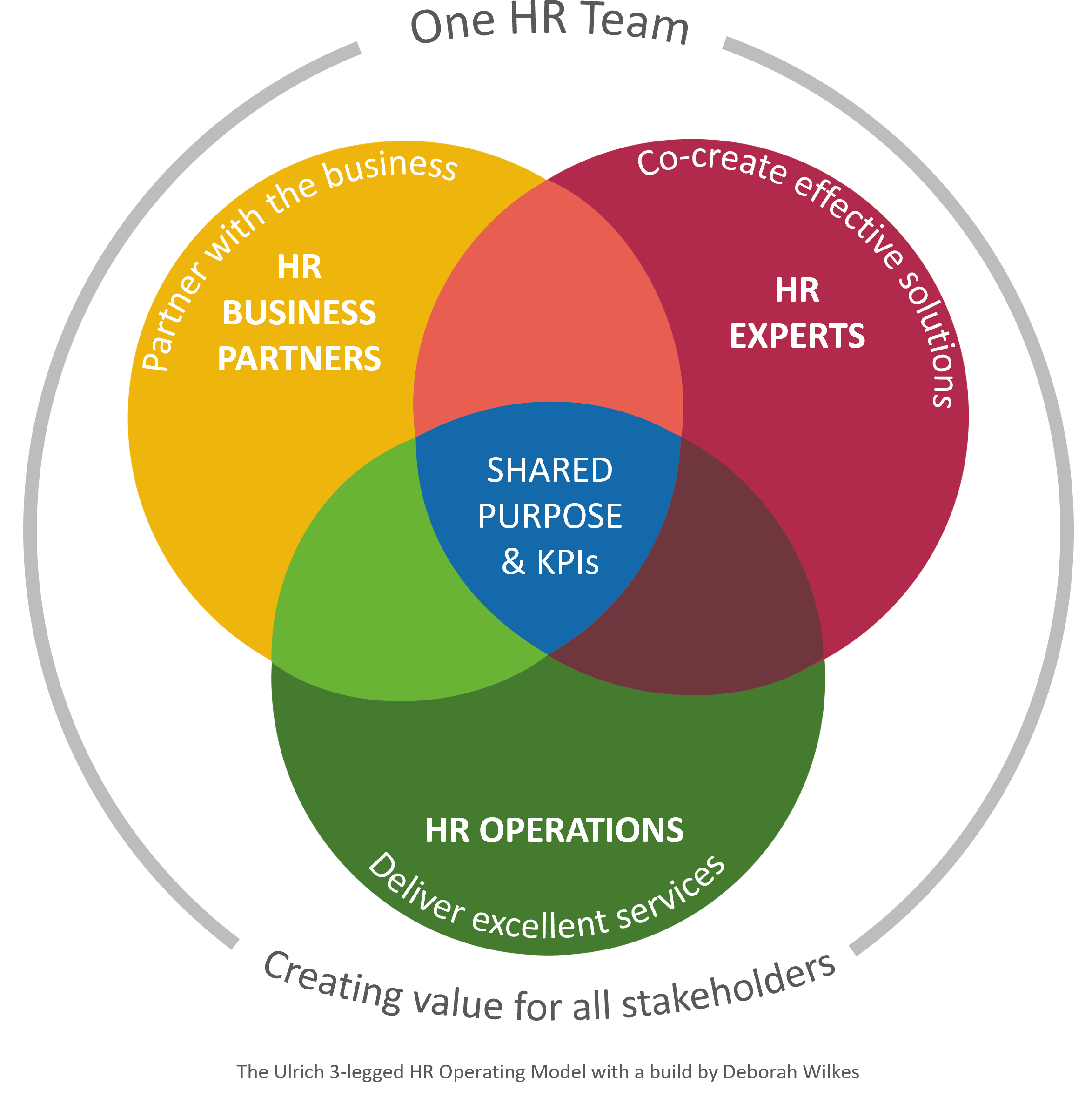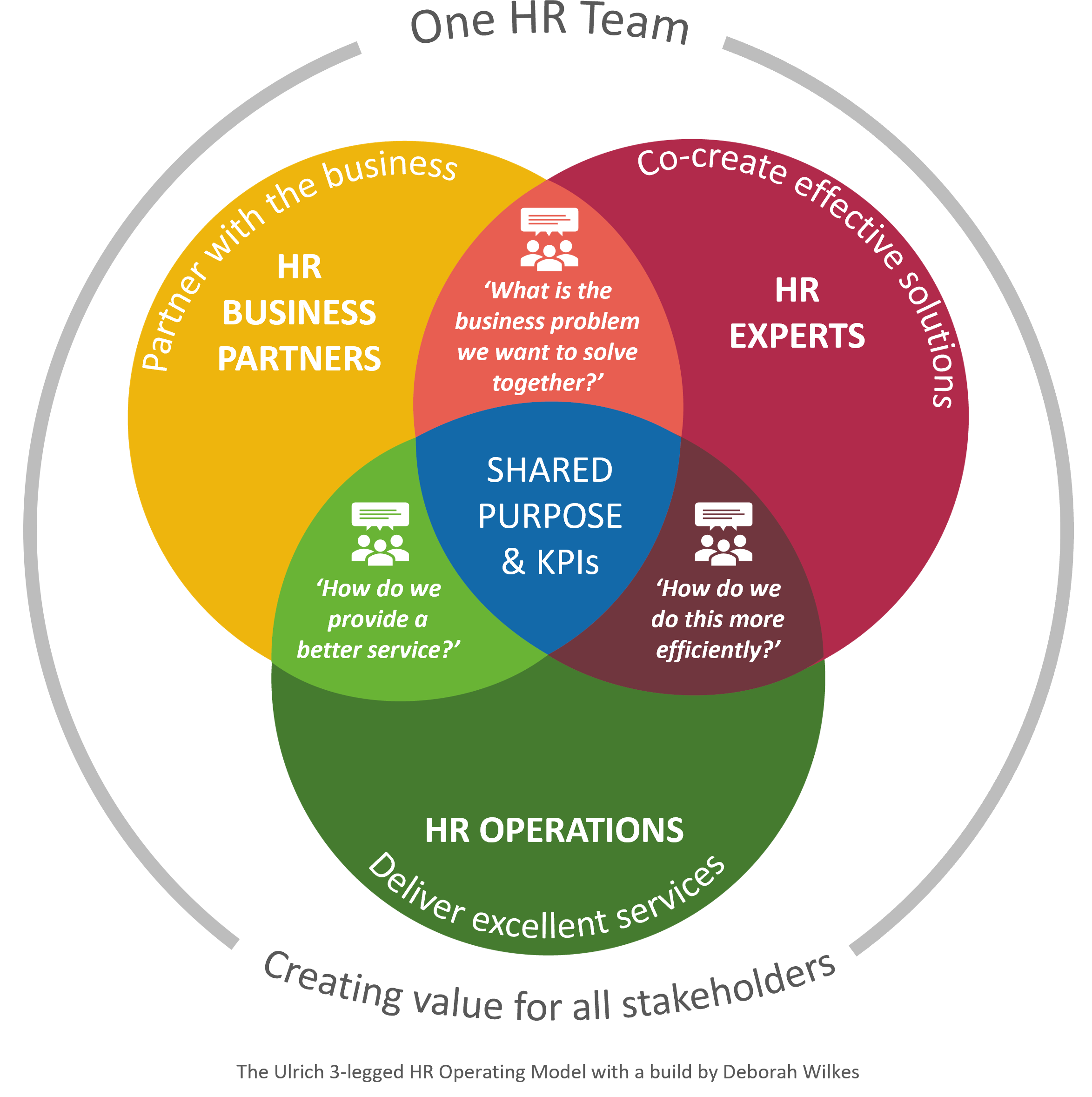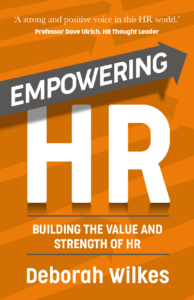How to build One HR Team that’s led by business priorities
How is your HR team coping with the seismic changes of the last few years?
It’s an exciting time to be in HR, but also very demanding.
Because the context in which HR operates has changed so much, it can seem that the right response for HR has to be radical transformation. If you’ve seen some of the ‘modern’ HR operating models recently put forward you may have put your head in your hands. It just looks too hard – and it doesn’t need to be.
What I’ve learned from working with clients is that it doesn’t have to be so radical. They’ve mostly got the right operating model, but it’s lost alignment and focus.
So, let’s look at the context for HR today.
Business leaders want more from HR – and that’s good news
Fundamental changes to the world of work have created urgent talent issues. Gartner, in their ‘Talent Management Leadership Vision 2024′, identify ‘an “unsettled” employee-employer relationship, skills shortages, transformative technology, and pressure for efficiency’ as underlying causes of those issues.
If there’s intelligent leadership, they will have pushed the people agenda forward to the front line of strategic thinking. Many CEOs and business leaders now value much more highly HR’s leadership in attracting, retaining and developing key talent.
However, not all leadership teams have the maturity to recognise their own part in these challenges. Many blame HR when people leave, or when the number of vacancies impacts production or service levels.
Either way, this deeper appreciation of the ways in which people drive business success can create a platform for HR to raise their influence and impact.
How should HR respond to rising expectations?
There’s been a lot of buzz about new operating models for HR, with some graphic representations that look initially impressive. However, when you look closely and think it through, they’re just too complex. They’re all logical, but don’t look relatable to the rather messy real world of HR where anything can happen, and usually does, every day.
Everyone agrees – HR need to get closer to the business
All the experts agree that HR needs to be value-led. Achieving that demands a strong interface between HR and the business. Effective business partnering is the key to ensuring that HR’s work is relevant, and this needs to start at the top and then follow through at every level.
This kind of strategic partnering can only happen, however, when the whole HR team are ready, willing and able to provide proactive support to their HRBP colleagues at the front line of business.
Therefore, today’s challenge is really about how the team line up behind business goals and pull together to help business leaders achieve them.
The HR team need an operating model that they can understand
Most of the ‘new’ models actually follow the well-established Ulrich model – albeit somewhat disguised. The logic hasn’t changed, and the three teams still make good sense – to leaders and managers in the business as well as to the HR team themselves.

The real issue is often that the model hasn’t been fully implemented. So, let’s recap the key roles:
- Business partners – they are passionate about the business and get under the skin of what their client groups need. They build strong and trusting relationships with stakeholders, and with their generalist skills can translate the needs of the business into requirements for the experts.
- Experts – specialists in a particular branch of HR – e.g. reward, learning & development or employee relations. They work in Centres of Expertise (or Excellence) and draw on the continuous developments in best practice to ensure that their organisation takes advantage of latest thinking, processes and practices. They develop expert solutions.
- HR Operations or Shared Services – their mission is to provide effective and efficient services to the whole organisation. They serve every client group and every specialism. Their value comes from continuous improvement and scaling of processes and HR tech.
Keep the model, and drive HR transformation through teamwork
One great advantage is that this fundamental model is logical, well understood by HR teams everywhere and is easily explained to all stakeholders.
The key flaw that has developed over the years is that distance has grown between the three teams. For example, the desire to bring in best practice has tended to drive Centres of Expertise into satellites whose solutions may be elegant but don’t land well in the business.
This builds the perception that HR just don’t understand, or try to understand, what people in the business actually need. The HRBP gets stuck in the middle, and may cope by disassociating themselves from the rest of the function. ‘I don’t rate HR, but I love my HRBP’ is stakeholder feedback that frustrated 4xCHRO Asad Husain. ‘We have to be one team’, was his mantra.
HR can drive strategic impact through transforming how the 3 teams unite and work together

The first priority is to build alignment with the organisation’s goals and understand how HR’s work can drive business success. It’s important to help everyone understand – both inside and outside the HR team – the cause and effect of talent issues and opportunities.
HR people tend to know implicitly the connections, e.g. between engagement and productivity, but they need to use data and evidence to get this across with impact.
The accountability for achieving business results needs to be shared right across the organisation. While HR may have escaped in the past from sharing responsibility for delivering key numbers, changing this will force the right kind of conversations about HR’s role.
In this way, the HR team can get lined up behind shared purpose, and also shared KPIs.
Build a strategic narrative that your HR team can use with their stakeholders
Once you’re clear about how you want to operate within your HR function, the next priority is to explain it to your stakeholders. You need a clear and consistent message that can be communicated by every member of the team, and translated so that it makes sense and is relevant for each stakeholder.
Most organisations want their HRBPs to operate more strategically. For the stakeholder, at first glance this might seem inconvenient – many just want their HRBP to solve problems for them.
Here’s an example of how a strategic narrative could work with a sales leader: ‘As a business, we have ambitious growth targets: (e.g.) to build our market share and also to reduce operating costs.’ ‘In your area I see an opportunity to manage people costs better and I know that you want to (e.g.) retain your best salespeople so that we keep and grow customers. And I know you’ve got urgent vacancies.’ ‘By becoming more strategic as your HRBP, I will be able to deliver more, e.g. be far more proactive in making sure that we retain and develop your key talent and can get them on board more quickly. That will have £x impact on your business results.’ ‘In order to achieve that, this is how we will work together going forward … let’s explore that …’ |
The whole HR team need to get behind this ‘brand proposition’
It is clear immediately that this narrative is a new proposition that has many implications. Every member of the HR team needs to be involved in working through how they will deliver on the promise.
The HRBP is at the front line, and most stakeholders want them to be the one point of contact for all their HR activities. This is likely to demand entirely new levels of commitment, support and teamwork from all their HR colleagues. It demands a culture of loyalty and no blame, effective flow of information and progress reports, and the ability to delegate tasks and projects so that the HRBP retains time to operate strategically.
Silos within the HR team need to disappear
Imagine the HRBPs bring a challenge to the HR team – e.g. the business needs to speed up the time it takes to bring new people on board and get them performing. A project like that should involve different specialties – including TA, reward, L&D and also HR Operations. Business needs don’t fall conveniently into the areas HR have identified as Centres of Expertise.
Clarify the questions that need to be explored at the interfaces between teams

Build the capabilities of your HR people
There is much research on the need to upskill HR people. As Mercer say in their report ‘Evolving the CHRO role in a rapidly changing world of work’: ‘Make HR skill-building a priority, particularly in cross-functional business acumen, technology and analytics.’
Business partnering is a complex and demanding set of skills and behaviours, and today’s HR functions need to recognise that everyone needs to partner. However, the HRBP is at the front line, and they need help to build the skills and confidence to take their relationships with stakeholders to a more strategic level.
HR can be the last function to develop their own people, often because of workload and the difficulty in building a clear business case. This needs to change.
Take the HR team on this journey together
Now really is an ideal time to raise up the HR function and win the influence and credibility that they deserve. This can only be achieved by demonstrating the value that they deliver to the business and all stakeholders.
The quality of the interaction between HR and the business is the critical factor in both credibility and impact. ‘HR really helped us achieve our business goals this year’ is a great accolade to hear from senior leaders. I know from working with HR teams that this vision inspires them too.
References


